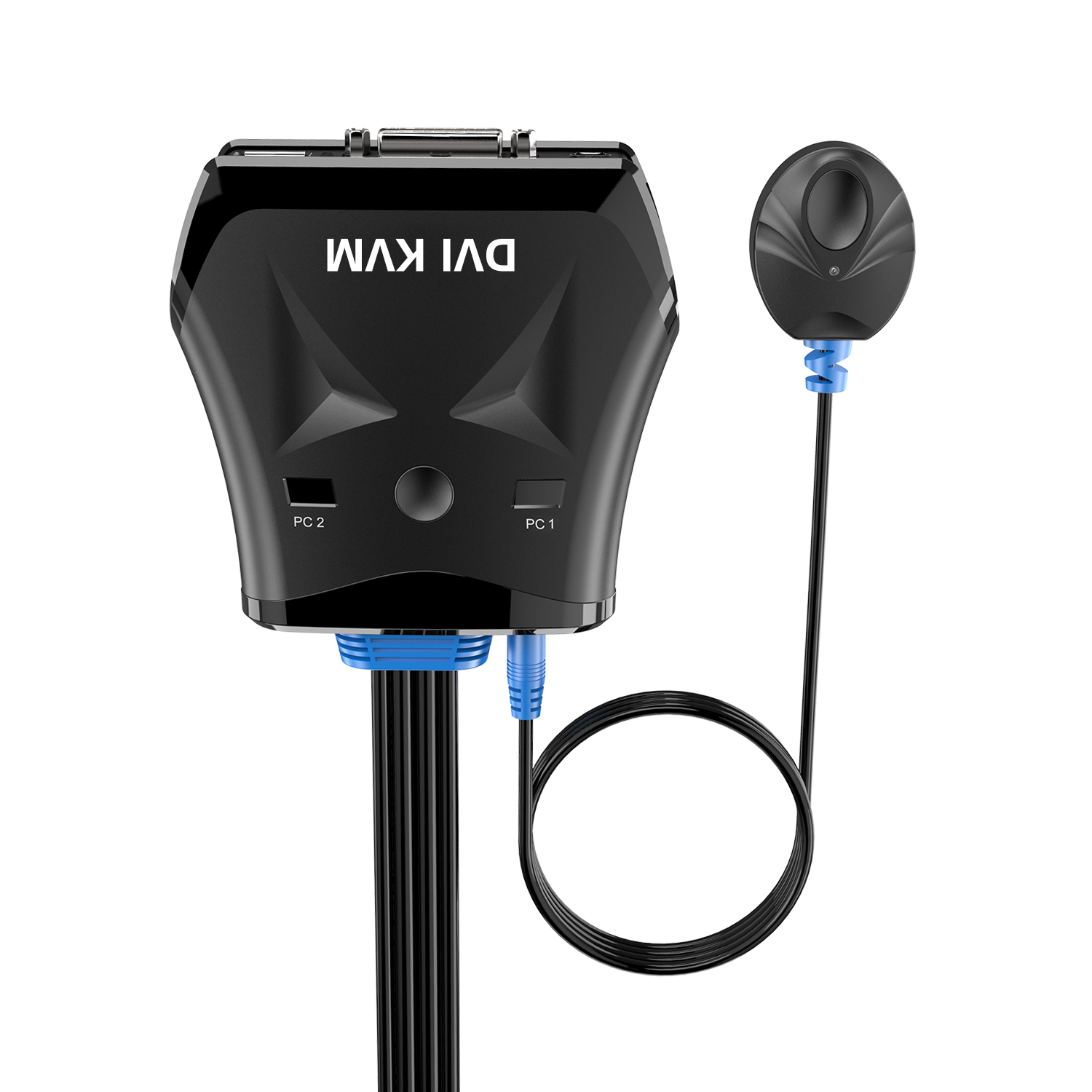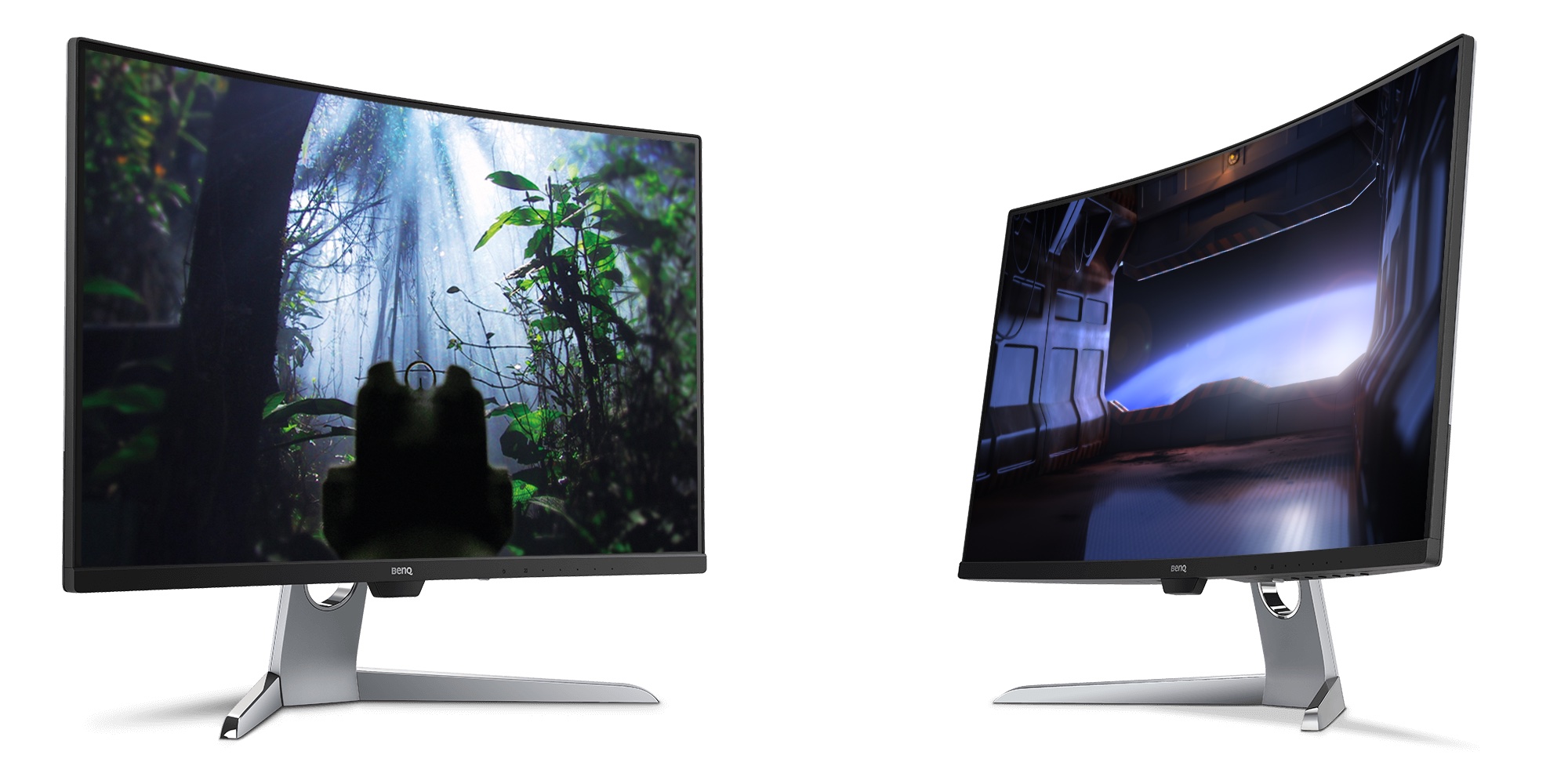

- #Monitor switch for mac how to#
- #Monitor switch for mac full#
- #Monitor switch for mac pro#
- #Monitor switch for mac mac#
Recent MacBook Pro models can support four external displays at 4K, or two at 5K.
#Monitor switch for mac full#
Under “Graphics and Video Support” (or similar), you should see something like, “Simultaneously supports full native resolution on the built-in display, and up to 2560 by 1600 pixels on up to two external displays.” Search for your exact model on Apple’s website (e.g., “MacBook Pro Retina mid-2012”), and then click “Support” to reveal the technical specifications sheet. To find your model, click the Apple logo in the top-right corner of the screen and choose “About This Mac.” One easy way to do this is to check the technical specifications of your particular model.
#Monitor switch for mac mac#
It’s important to make sure your Mac is powerful enough to drive any external displays at the resolution and refresh rate you need.
#Monitor switch for mac how to#
RELATED: How to Use Your iPad as an External Mac Display With Sidecar Can Your Mac Handle It?

Acer’s XR342CK 34-inch curved display scores top marks for an ultrawide if you have the necessary desk space.

This display uses Thunderbolt 3 to drive the monitor and simultaneously provide 85 watts of charge for your laptop over USB-C. You can get the reduced, 1440p resolution version of the same display for a few hundred dollars less.Īpple says LG’s Ultrafine 5K display is suitable to use with its latest range of laptops. If you have the hardware and budget for a 4K monitor, the HP Z27 comes highly recommended from sites like Wirecutter.
Other characteristics: Do you want a curved monitor for a more immersive viewing experience? How about one you can use in portrait mode for coding or mobile development that tilts 90 degrees? Do you plan to mount the monitor on a VESA mount?. You should also consider buying a monitor calibration tool. Color accuracy: Which color profiles does the monitor support? If you use your monitor for creative work, like photo and video editing, or design, you need one with a high degree of color accuracy. Most high-refresh-rate monitors (144 Hz) are considered “gaming” monitors and would be overkill for those who aren’t. Basic monitors support 60 Hz, which is fine for office work, web browsing, or anything without fast-moving images. The refresh rate is measured in hertz (Hz). Refresh rate: This refers to the number of times the display refreshes per second. You can choose an LCD panel built on IPS, TN, or VA technology or opt for cutting-edge OLED panels if the budget allows. Display and panel type: This is the major factor when it comes to quality and performance. The higher the pixel density, the better the image quality, as you’re less likely to see individual pixels. Pixel density: Measured in pixels per inch (PPI), pixel density describes how closely-packed the pixels are on the display. Your decision ultimately depends on your budget and available space. Larger, 32-inch and ultrawide monitors are also available. Smaller, 24-inch displays remain popular with gamers, and people who have minimal desk space. Size: Most displays are around the 27-inch mark. Higher resolutions, like 4K and 5K, require more powerful hardware. Generally, the higher the resolution, the better the image quality. Resolution: This is the number of pixels displayed onscreen at once, measured on two axes (e.g., 1920 x 1080). Here are some things to consider before you choose a monitor: Your budget will play a large role here, so first, decide what you want to spend, and which features are most important to you. If you’re adding a second monitor to your MacBook, you may want to consider going with a bigger 4k monitor to maximize your screen real estate or a compact flat panel display that you can take with you on the go.First, you have to pick the right monitor for the job. If you have a desktop Mac that already has a monitor, matching that monitor with another identical unit provides the smoothest experience. To choose the right monitor, you need to consider the display's size, resolution, color accuracy, and other characteristics. If you’ve never set up dual monitors before, finding the right monitor can seem like a daunting prospect. The M1 MacBooks and MacBook Pro models can use one external monitor and their built-in display simultaneously. Officially, MacBook Air and MacBook Pro models using the M1 chip only support one external monitor. If you want to add a second monitor to the M1 Mac mini, you have to use the Mac mini's HDMI port. The Mac mini running Apple's M1 chip can only use one Thunderbolt/USB 4 monitor at a time.







 0 kommentar(er)
0 kommentar(er)
